SUMMARY
This is AI generated summarization, which may have errors. For context, always refer to the full article.
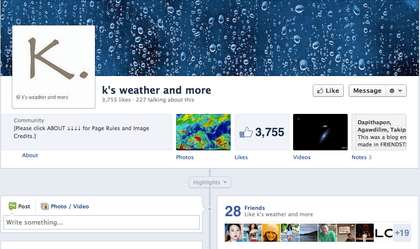
MANILA, Philippines – For Karen Cardenas, weather is a serious matter. Her interest in it and the changing seasons started in childhood; it developed when she moved to Europe and needed to, at the very least, be practical with clothing, outdoor activities and holiday planning.
Back in the Philippines, she channeled her hobby by writing about it.
“I used to write a series on the environment in the 90s for Mr. & Ms. (magazine) and won an award for science journalism for a story on the Ozone Hole. I was writing about the Marikina fault line as early as 20 years ago,” she says.
It’s not the only thing Cardenas writes about; her real career lies in publishing and teaching. “I have been told that this makes a unique mix of communication and familiarity with science,” she says.
Like in the case of countless others, the boom of social media has amplified her voice. In Cardenas’ case, the growth of Facebook came timely, especially when Ondoy struck. Unknown to her then, she would soon become a beacon for many who wanted an alternative and reliable source of news.
Weather watcher
She recalls, “My very first post [about the weather] was on my personal FB page on 26 September 2009 at 9:05 a.m.: ‘Unrelenting rain.’ I continued posting throughout Ondoy rescue efforts and thereafter. I decided to continue posting because I felt that, after Ondoy, people needed alternative sources on weather.
“But I didn’t want to swarm the newsfeed so I decided to migrate the posts to its own page so people could opt to follow if they wished. That was in April 2010,” she continues.
No, she isn’t a professional weather reporter nor is she a trained meteorologist. In truth, she’s an enthusiast who’s taken her interest very seriously.
“In terms of formal meteorological training, I have none,” shares Cardenas. “So I read. I have been doing MetEd/Comet modules since I set up the weather page. You take the module of your choice and try to pass the test to get a certificate of completion. I’ve done quite a few – on flood forecasting, radar and satellite imagery, tsunamis, plate tectonics, among others.”
She calls her Facebook page “K’s Weather and More,” acknowledging that there’s more to nature events than weather reports. She tackles an umbrella of topics — from oil spills to the Baguio tree balling issue — “Anything that I feel has to do with climate, the environment and care for the planet and its inhabitants, or may be of interest to the readers,” she explains.
When Sendong devastated the country last year, Cardenas was not entirely surprised. In fact, her online followers will remember that days prior to the storm’s arrival, she had been warning against possible problems.
Community growth
Since Cardenas created “K’s Weather and More,” some 3,500 people have come to “Like” it. The page’s analytics show that many more come over to read (though they are not able to comment unless they “Like” the page).
According to Cardenas, the potential reach based on friends of fans is 1.7 million. She says, “In a week when there is an ‘event’ and people share, the reach can be as large as a couple of hundred thousand. [The growth in ‘Likes’] happens in increments. The biggest spike — over 800 new ‘Likes’ in a matter of a couple of days was after Sendong when the page and my blog was picked up and reported by TV5 and GMA.”
The FB page, she admits, is not a technical one, though she tries to be as accurate whenever she posts information.
Many times, a post of satellite images of an impending typhoon or weather disappearance is backed by data, or a layman’s explanation of what is happening. Her readers like that. The page rules also state that any page member who posts information must, likewise, post their sources.
“I’ve had a pretty good track record of accuracy in my posts. Sometimes, they want reassurance. I noticed that after Sendong.
“They knew I was watching, they knew I was warning and they knew I was right. And so, after that, I had a spike in ‘Likes’ from CDO and Iligan; they would come back to the page if it was raining — ask me if there would be a flood. Or after the Negros quake, they would seek reassurance and clarification about rumors of another tsunami.”
It’s interesting that — as the FB page community grew — so did the nature of the interaction. People no longer just come on board to ask about the weather, many would also share the info that they had, especially important during times that disaster would strike.
Cardenas soon realized the value of crowd-sourcing information from people on the ground, identifying those who gave consistent and credible reports. These people have been given the formal designation as “ground reporters,” whose roles become especially important during weather emergencies, relaying urgent real time information from where they are, beating the news that come out in mainstream media.
Call to action
Cardenas claims that she is not out to replace the national weather bureau, PAGASA, though she remains critical of the need to be better in weather forecasting and disaster preparations. News about PAGASA’s lack in budget, resources and equipment bothers her. She does try to be fair.
When Catanduanes received its new Doppler radar this month, Cardenas was all too happy to broadcast the news. Still, there is more to improve on.
“Its systems don’t seem to be ready for the 21st century,” she laments. “I hear that it is also very protective about their archival information, which is a pity.”
She adds, “We are the country in the NorthWest Pacific and the world that is most hit by tropical cyclones; we should be at the forefront of data and research. The Philippines is the perfect laboratory for tropical cyclone research. The world should be looking to us for cutting-edge knowledge and programs for disaster readiness.”
But she also challenges the citizenry to be more proactive.
When was the last time you had an earthquake drill? Prepared an emergency kit? Cardenas warns against complacency.
In the end, it’s about empowerment.
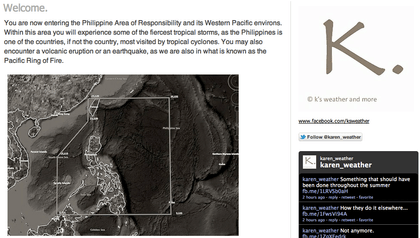
“I want the reader to learn things, do their own searching and studying as well, provide us with new links, share what they have found, so that the experience on the page is continuous learning for everyone.” – Rappler.com
(Connect with K’s Weather and More at http://facebook.com/ksweather, http://www.typhoonk.com and http://twitter.com/karen_weather.)
Click on the links below for more.
Add a comment
How does this make you feel?
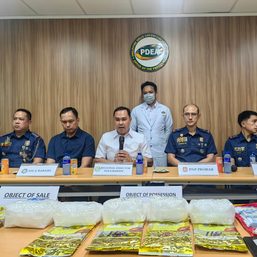
![[WATCH] Mary Jane Veloso’s mother pleads Marcos, Jokowi anew: Free my daughter](https://www.rappler.com/tachyon/2024/01/mary-jane-veloso-cesar-celia-protest-clemency-january-10-2024-005-scaled.jpg?resize=257%2C257&crop=717px%2C0px%2C1706px%2C1706px)
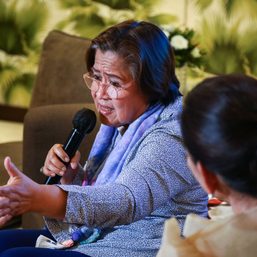
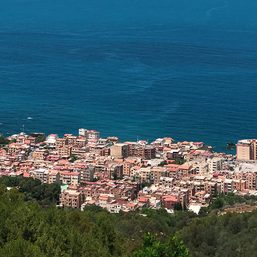






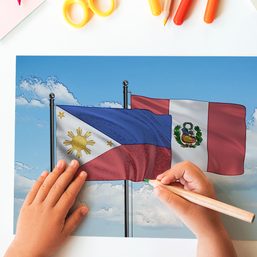
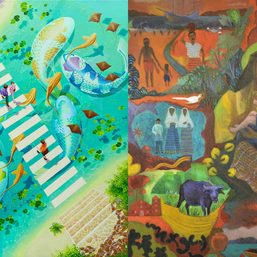


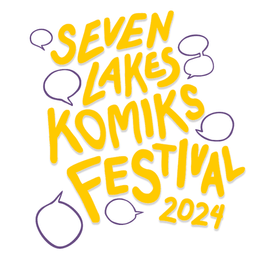
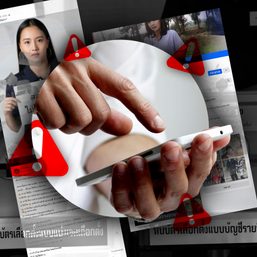
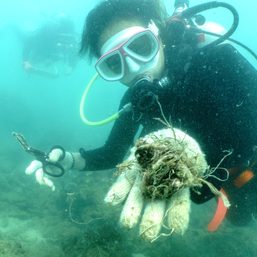
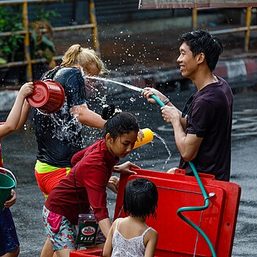
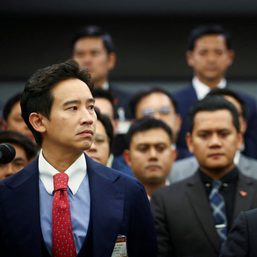
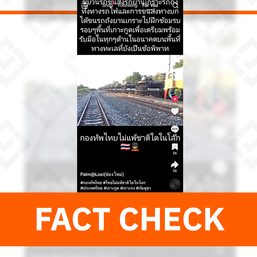
There are no comments yet. Add your comment to start the conversation.